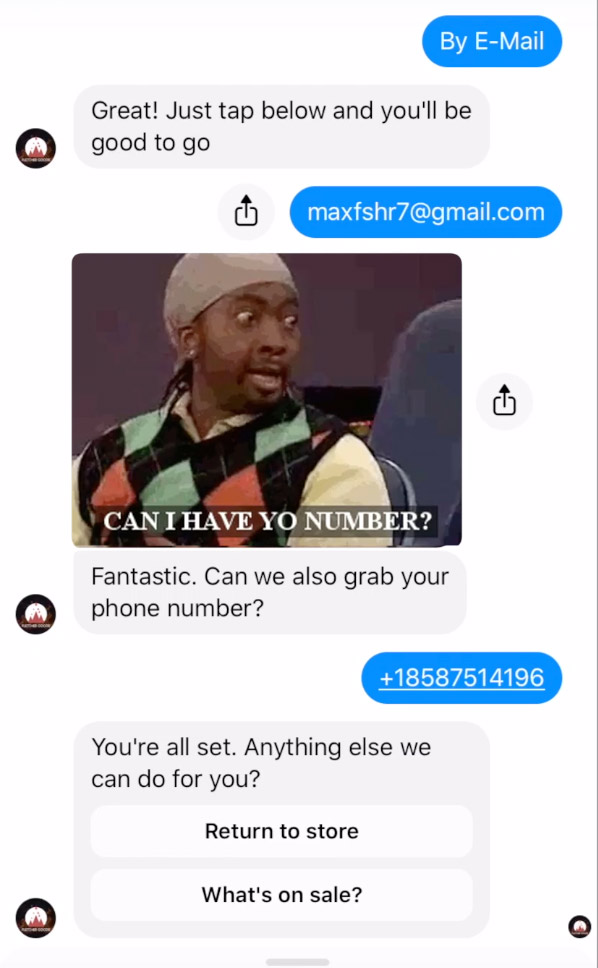Roughly a quarter of the global population will reportedly shop online this year. That’s an increase of 40 percent since 2014, with more growth to come.
But merchants know that ecommerce is highly competitive. It’s also dynamic and ever-changing. Alternative forms of selling and servicing — such as social commerce, voice commerce, and chatbots — are examples. These tactics, though, cost money. They aren’t always feasible for small businesses.
What can a smaller online store do to keep up?
Know how your audience uses smartphones. The preferred devices of a consumer tell you how she communicates, be it social apps, text messaging, email, or phone. Email marketing remains critical for ecommerce, but Messenger, text, and app notifications are becoming more commonplace for shipping and delivery confirmations.

Understanding how your target audiences use their phones is key to knowing their preferred methods of communication.
Get social now. Networks such as Facebook and Instagram are far more than mind-numbing games and videos. Social media drives sales referrals for many companies. Moreover, your shoppers would likely prefer support through those channels, too.
Offer more mobile payment options. Mobile wallets and payment apps are much easier to use than credit and debit cards. Fingerprint and face-scanning technology — for both smartphones and computers — speeds up the checkout process and minimizes errors.
Embrace chatbots. Using artificial intelligence to sell isn’t new; chatbots are here to stay. AI-powered communications make quality customer service more affordable. However, avoid using automatic, pre-populated bots. Instead, take the time to incorporate real data. Analyze what is requested from your customers then create customized responses. The key is to make your bot mimic human dialog.

How chatbots use graphics, memes, and text is key to sales and customer service processes.
Use the right trigger words. Target audiences interpret words differently. You likely should avoid modern slang when speaking with a Baby Boomer, for example. Study the words and phrases of your larger and successful competitors to ensure your product descriptions and customer-service pages evoke the right emotions. If your customers cross generations, find a happy medium.
Present compelling images and videos. Photos, graphics, and videos will make or break sales — no matter your products. Focus on crisp and clear resolution, always. Don’t forget to incorporate context-of-use imagery so shoppers can visualize how an item solves their problem.
Recognize trends that impact your business. Target’s latest Facebook cover image illustrates the importance of listening to customers. For years the retailer’s shoppers have talked about entering a store for a single item and leaving an hour later with a full cart. Making a Target run for exercise benefits was another conversational trend. Target took both concepts and ran with them proudly.

Target gladly accepted the humorous slogan and posted a custom illustration about how shopping at its stores is part of an exercise routine.
Consider voice commerce. Now’s the time to delve into voice selling, which is dominated by big companies. Voice commerce is simplifying how people browse and shop, especially for consumable items.







